Keeping ceramic tile floors clean is essential for maintaining their beauty and longevity. These durable and versatile floors are a popular choice for many homes due to their resistance to stains and ease of maintenance. However, regular cleaning and proper care are necessary to prevent dirt, grime, and spills from dulling their surface or causing damage over time. This guide will walk you through the efficient steps and best practices on how to clean ceramic tile floors.
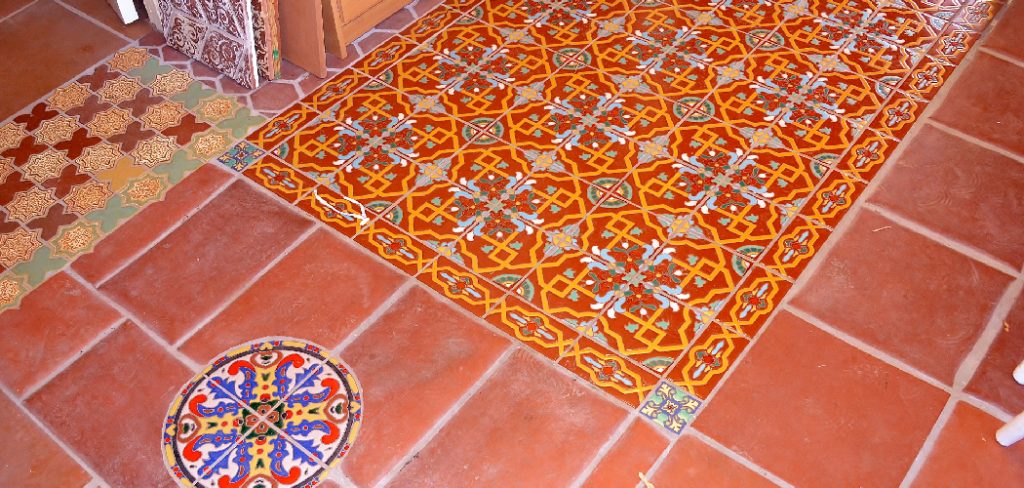
The Beauty and Durability of Ceramic Tile Flooring
Ceramic tile flooring is celebrated for its timeless beauty and remarkable durability. It comes in a wide variety of colors, patterns, and textures, allowing homeowners to customize their spaces to match any design style, from modern to rustic. Beyond aesthetics, ceramic tiles are exceptionally resistant to wear and tear, making them ideal for high-traffic areas such as kitchens, bathrooms, and entryways. Their hard-wearing surface can withstand heavy furniture, frequent cleaning, and even moisture without losing their charm or functionality. Combined, these qualities make ceramic tile flooring a practical yet elegant choice for any home.
Materials and Tools Needed
Before starting the cleaning process, gather the necessary materials and tools to ensure an effective and hassle-free experience. Here’s what you’ll need:
- Soft-bristle broom or vacuum cleaner with a hard floor setting for removing dust and debris.
- Microfiber mop or sponge mop for gentle and efficient cleaning.
- Bucket to hold your cleaning solution.
- pH-neutral tile cleaner or gentle dish soap mixed with warm water for a safe yet effective cleaning solution.
- Soft cloths or microfiber towels for drying the tiles after cleaning.
- Grout cleaner and a small brush (such as a toothbrush) for scrubbing grout lines as needed.
- Rubber gloves to protect your hands during the cleaning process.
Having these materials ready will make it easier to maintain your ceramic tile floors and keep them looking their best.
10 Methods How to Clean Ceramic Tile Floors
1. Regular Sweeping or Vacuuming
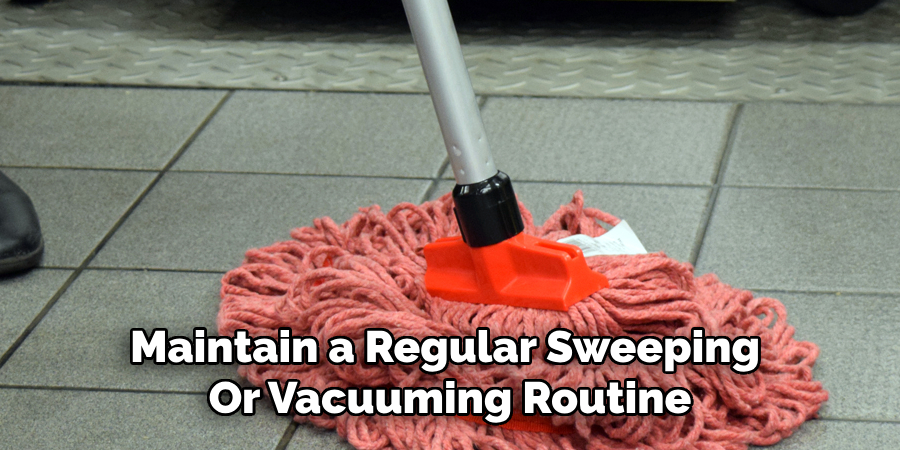
Before you dive into more intense cleaning methods, it is essential to maintain a regular sweeping or vacuuming routine. Dirt and dust, if left unchecked, can scratch the surface of your tiles and grout. Sweeping with a soft-bristled broom or using a vacuum with a tile-friendly attachment will remove debris and prevent buildup. This method is ideal for maintaining your floors between deep cleans. For maximum effectiveness, sweep or vacuum your ceramic tile floors daily or at least several times a week, depending on the amount of foot traffic.
2. Mopping with Warm Water
One of the simplest and most effective ways to clean ceramic tile floors is by mopping with warm water. This method is ideal for light dirt and everyday messes. Use a microfiber mop, which is gentle on the tiles and effective at lifting dust and dirt. Dip the mop in warm water, wring it out thoroughly, and mop the floor in a circular motion to lift dirt. This method is both gentle and efficient, and when done regularly, it helps prevent grime buildup without the need for harsh chemicals.
3. Using a Dish Soap Solution
For ceramic tile floors that have grease or sticky residue, a dish soap solution is an excellent cleaning agent. Mix a few drops of mild dish soap with warm water in a bucket. Use a microfiber mop or a soft cloth to apply the soapy solution to the tiles, scrubbing gently to remove grease and grime. Dish soap is effective at cutting through grease while being gentle enough for your tiles and grout. Rinse the floor with clean water afterward to remove any soapy residue.
4. Baking Soda and Water Paste for Stubborn Stains
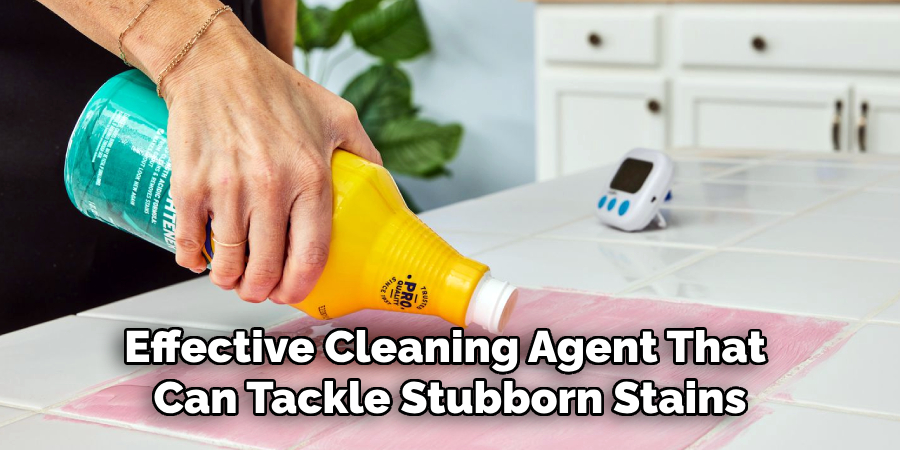
Baking soda is a natural and effective cleaning agent that can tackle stubborn stains on ceramic tile floors. To make a paste, mix baking soda with a small amount of water until you achieve a thick consistency. Apply the paste to the stained area and let it sit for about 10–15 minutes. Use a soft brush or sponge to scrub the stain in a circular motion, then wipe away with a damp cloth. This method is particularly effective for dealing with tough stains without using harsh chemicals.
5. Vinegar and Water Solution
Vinegar is a versatile, all-natural cleaner that can be used to clean ceramic tiles. It helps remove grime, soap scum, and hard water stains. Mix a solution of 1/2 cup of white vinegar in a gallon of warm water. Use a mop or sponge to apply the solution to the tile floor, scrubbing away dirt and stains. While vinegar is a great cleaner, it’s important not to use it excessively, as it may damage grout over time. Always ensure that the vinegar solution is well-diluted to prevent any adverse effects on your tiles.
6. Commercial Tile and Grout Cleaner
For heavily soiled ceramic tile floors, you might want to use a commercial tile and grout cleaner. These cleaners are specifically formulated to handle tough dirt, grease, and stains on ceramic tiles. Be sure to follow the manufacturer’s instructions when using these products, and apply them directly to the floor using a mop or cloth. After application, allow the cleaner to sit for a few minutes before scrubbing with a soft brush to lift dirt and stains. Commercial cleaners are often more potent than natural alternatives and are a good choice for floors that have accumulated significant grime.
7. Steam Cleaning
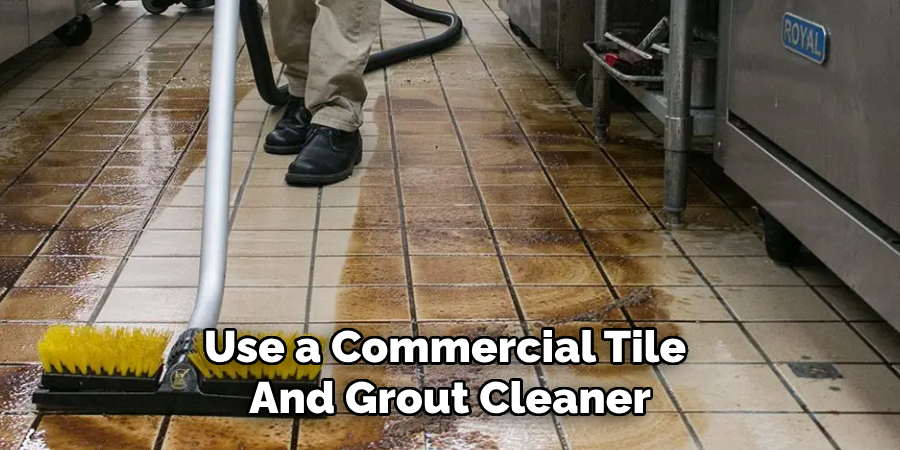
Steam cleaning is an effective and chemical-free way to clean ceramic tile floors. Using a steam cleaner, the hot vapor lifts dirt and grime from the tile surface and grout without the need for detergents. The heat from the steam also helps sanitize and disinfect the floor, leaving it hygienic. Steam cleaning is ideal for deep cleaning because it penetrates the grout lines and removes dirt from hard-to-reach places. Be sure to follow the steam cleaner’s instructions and test it in a small area before proceeding with the entire floor.
8. Using Hydrogen Peroxide for Grout Lines
Grout lines are often the most challenging part of cleaning ceramic tile floors. Over time, grout can absorb dirt and stains, making it look dingy. To clean grout effectively, apply hydrogen peroxide directly to the grout lines. Let it sit for 10–15 minutes, then scrub with a toothbrush or a grout brush to lift dirt and stains. Hydrogen peroxide is an excellent choice for grout cleaning because of its mild bleaching properties, which can help whiten the grout. Afterward, rinse the area with warm water to remove any residue.
9. Using a Professional Floor Cleaner (Wax or Polish)
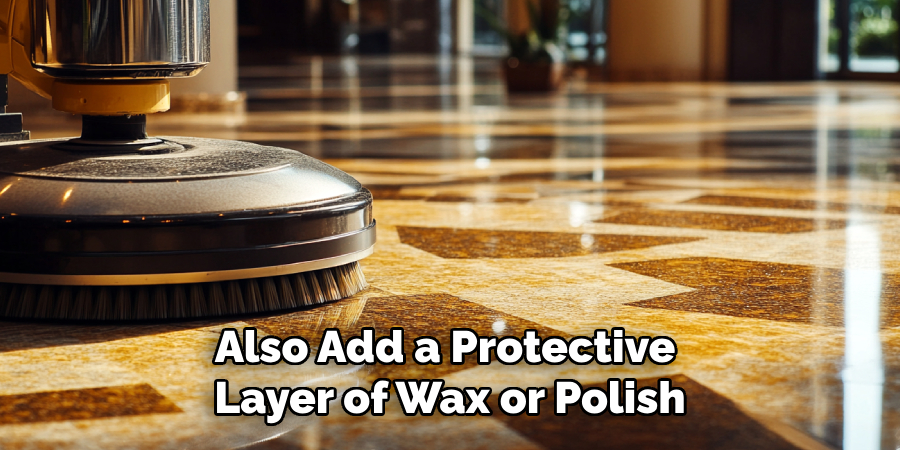
For floors that require extra shine or to protect the ceramic tiles, using a floor cleaner specifically designed for ceramic tiles can enhance the appearance and longevity of your floor. These cleaners often come in a liquid or spray form and are designed to not only clean the surface but also add a protective layer of wax or polish. After applying the cleaner, follow the instructions on the product label to buff the floor and restore its shine. This is a great method for floors that are starting to lose their luster and need an extra layer of protection.
10. Preventative Maintenance and Regular Sealing
Prevention is always better than cure, especially when it comes to maintaining the cleanliness and durability of your ceramic tile floors. To prevent dirt and stains from setting into the grout, consider sealing your grout lines with a grout sealer. Grout sealers act as a protective barrier, preventing moisture and dirt from penetrating the grout. Reapply the sealer as recommended by the manufacturer, usually every year or two, depending on the level of traffic in your home. Additionally, be mindful of spills and stains, wiping them up immediately to avoid long-term damage to both the tiles and grout.
Maintenance and Upkeep
Proper maintenance and upkeep of ceramic tile floors are essential to preserve their appearance and durability over time. Start by establishing a regular cleaning routine that includes sweeping or vacuuming the floors daily to remove debris and prevent scratches. Use a damp mop with a suitable cleaning solution weekly to keep the tiles spotless and free from grime.
Always address spills and stains promptly before they have a chance to set. For high-traffic areas, consider placing mats or rugs to reduce wear and tear while preventing dirt from being tracked onto the tiles. Additionally, make it a habit to inspect the grout lines periodically and reseal them as needed to maintain their protective barrier against moisture and dirt. With consistent care, your ceramic tile floors will retain their charm and functionality for years to come.
Conclusion
Cleaning ceramic tile floors involves a variety of techniques depending on the level of dirt, stains, and the type of maintenance required. Regular sweeping, mopping with warm water, and using mild dish soap solutions are effective methods for everyday cleaning. For tougher stains, using a paste of baking soda or a vinegar solution can help restore your floors. For deep cleaning, steam cleaning and commercial cleaners are excellent choices. Thanks for reading, and we hope this has given you some inspiration on how to clean ceramic tile floors!
Professional Focus
Harry Ciotti is a highly skilled kiln operator with a sharp eye for detail and an in-depth understanding of the firing process. His expertise ensures that each ceramic piece reaches its full potential, perfectly balancing strength and beauty. Harry takes pride in overseeing the final stage of pottery creation, transforming raw clay into durable and stunning works of art.
About the Author
Harry Ciotti is a dedicated kiln operator and ceramic artist who brings passion and precision to every piece he fires. With a deep commitment to craftsmanship, Harry ensures that every ceramic creation is fired to perfection, from delicate vases to robust sculptures. He not only operates the kiln, but understands the unique needs of each piece, ensuring it reaches its full artistic potential. Through his work, Harry blends precision with artistry, making every firing a story of transformation.
Education History
University: California College of the Arts
Degree: Master of Fine Arts in Ceramics
Harry’s advanced education in ceramics has refined his technical skills, particularly in kiln operation, firing processes, and ceramic artistry. His educational background equips him to produce top-quality ceramic pieces that reflect both technical excellence and artistic expression.
Expertise:
- Kiln Operation and Firing Techniques
- Ceramics Creation (Functional and Artistic)
- Precision Craftsmanship
- Glazing and Texture Techniques
- Ceramic Artistry and Storytelling
